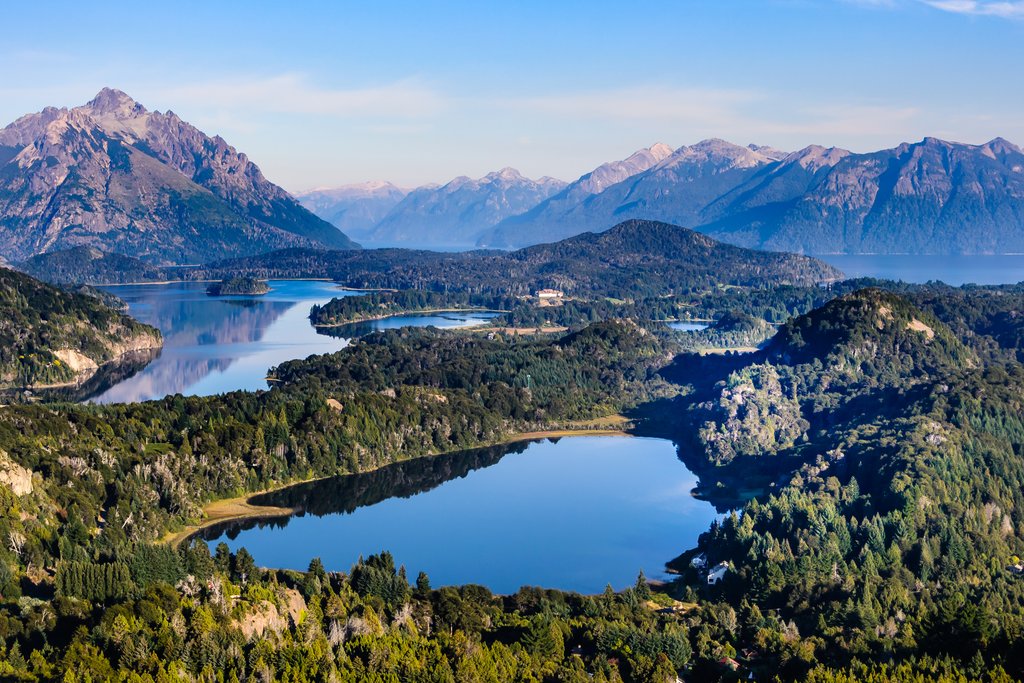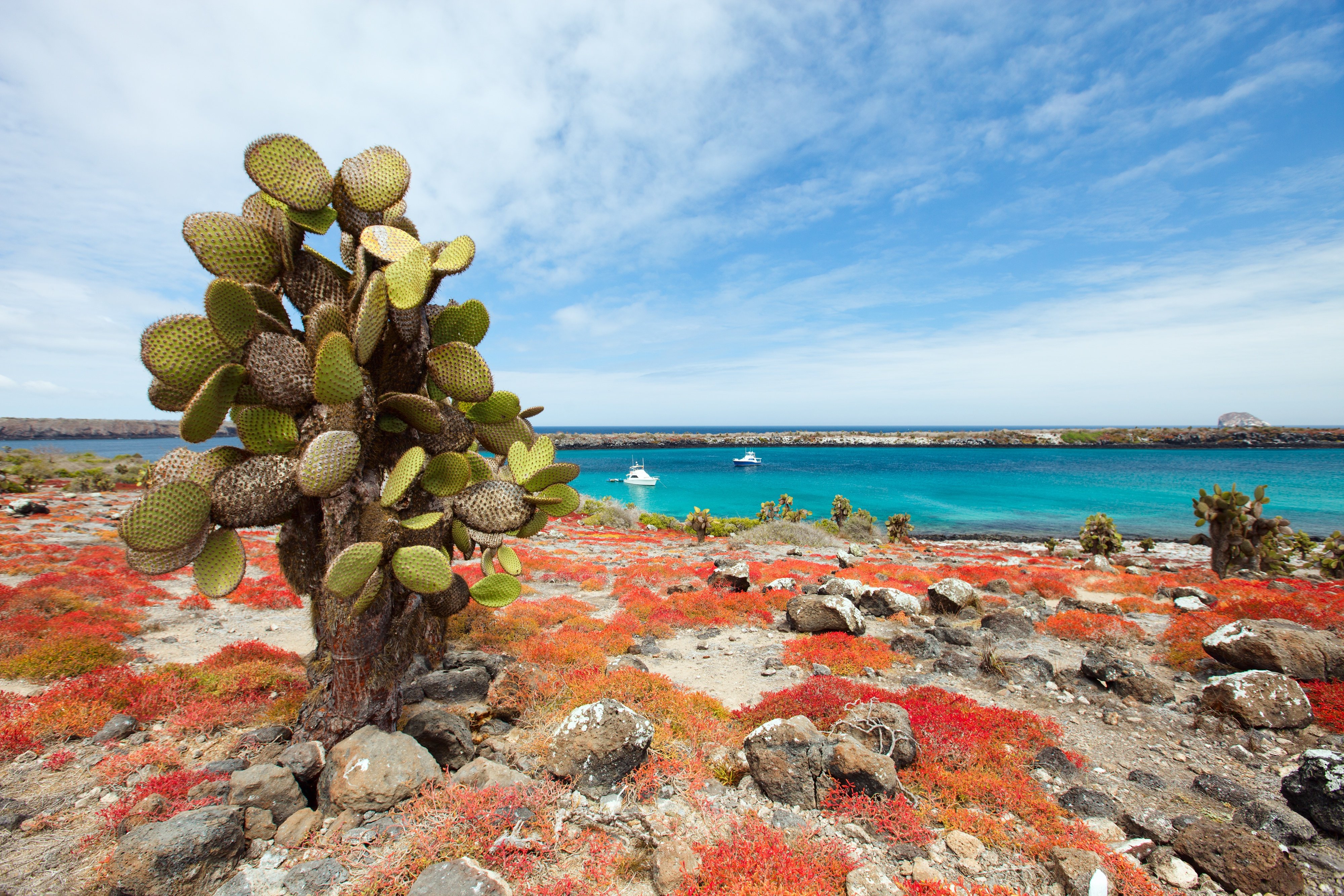Topping many an adventure traveler’s bucket list, Antarctica is home to the geographic South Pole. For those brave souls who make the trek, there are less-than-pristine conditions awaiting – it’s cold, dry and windy … just how the penguins like it.
And yet … there are countless reasons this Southern Hemisphere desert (yes, desert, with only about eight inches of precipitation a year) is so appealing to those seeking far-off-the-beaten-path travel. There are penguins galore, whales breaching, so much to learn from your ship’s expert staff, gigantic icebergs, the otherworldly Aurora Australis … and did we mention those penguins?
Now that you’ve decided to venture down, down, down, to the land of blue whales, Weddell Seals and Emperor Penguins, let’s have a peek at what to expect throughout the calendar year on the Antarctic Peninsula and the Islands, where every month brings a little sometime different in terms of wildlife viewings, weather conditions and possibilities for exploration.
January-February (Antarctic summer): Best Time for Wildlife Viewing
Welcome to summer on the White Continent, the most active time of the year for Antarctic wildlife. Penguin chicks have hatched, starting in the South Shetland Islands and later as you move south to the peninsula. There’s a frantic energy as the colonies grow, the young get older and bolder and the penguins fetch krill and feed the chicks. At the same time, the concentration of fur seals and crabeater seals increases.
If whales are your highest priority, consider an Antarctic adventure trip in February or March (emphasis on February). The sea ice is opening up around now and ships are able to sail farther south, allowing for more common whale and seal viewings. In South Georgia, eggs and young King Penguin colonies can always be found from November to March.
March (Antarctic autumn): Meet the Penguins
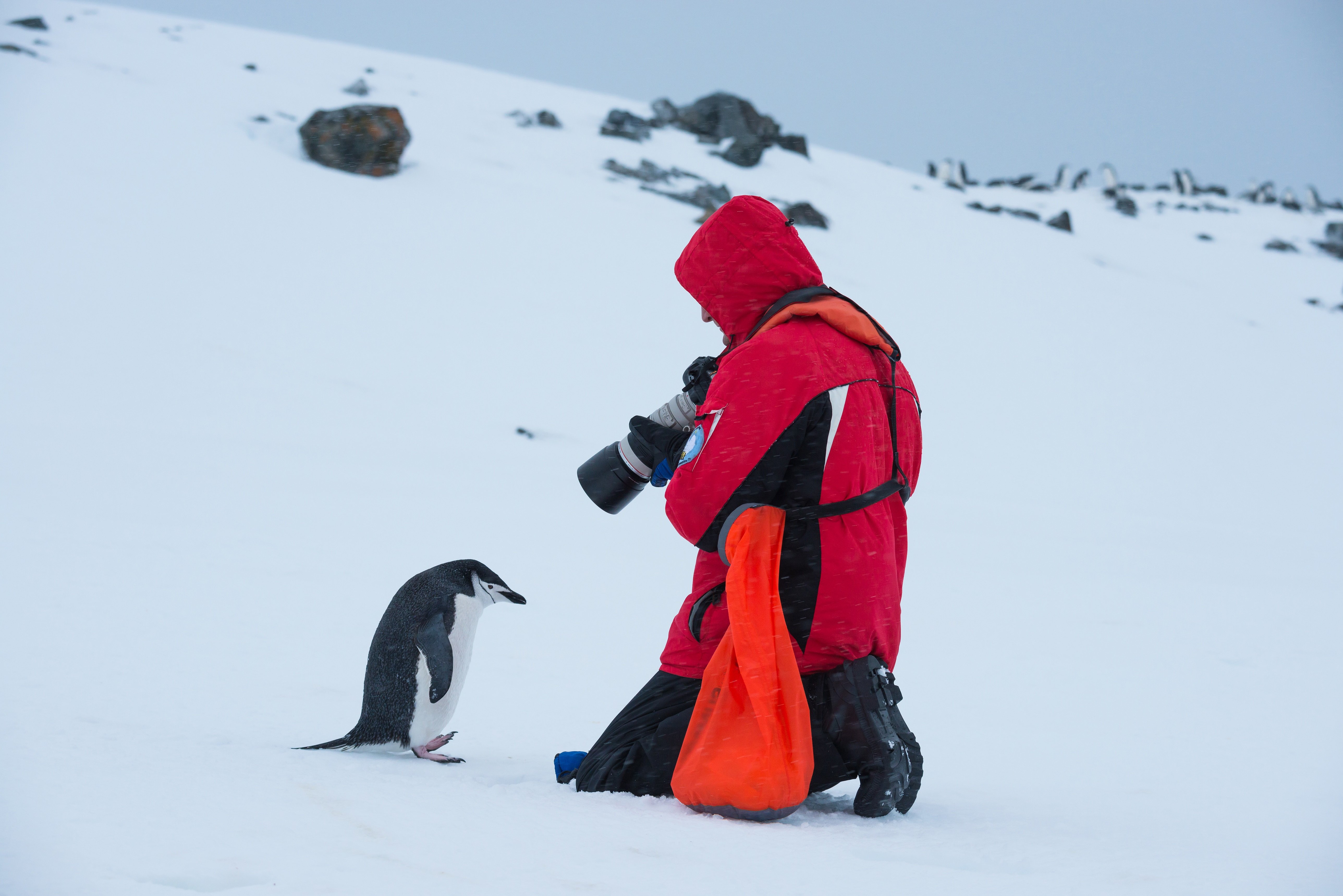
Those penguin chicks from summer are now adolescents and getting more curious about the travelers who have traveled so far to see them. Adult penguins are starting to molt and the younger set ventures farther out to sea. After deep nighttime frosts, look for the intricate patterns of thin sea ice on the surface. Then, with the snow cover at its lightest, set off on easy and extensive walks in the South Shetland Islands. Take note of the beautiful green and pink algae blooms on the snowy slopes and ice cliffs.
Whale watching is optimal at this time – the whales have been well fed and now cavort and explore around the ships. Look to the shoreline for fur seals who are busily feeding on krill before returning to their breeding grounds in South Georgia.
November-December (Antarctic spring-early summer)
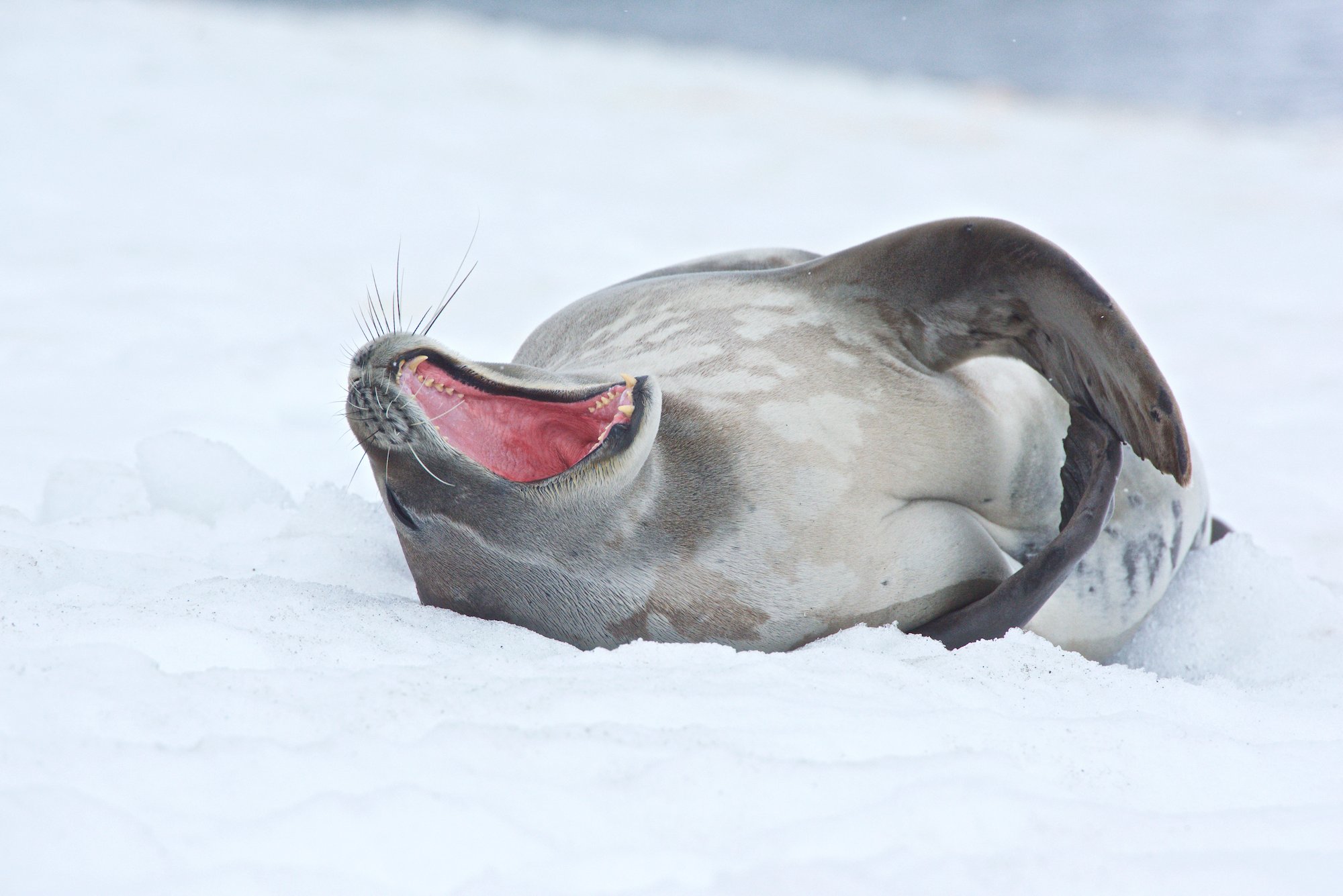
Visit after the winter darkness and witness spring fever in Antarctica. The sun shines longer hours, contributing to explosive growth of phytoplankton, which in turn provides food for the zooplankton, including the ubiquitous krill. From there, it’s on up the food chain as the krill is gobbled up by hungry squid, fish, seabirds, seals and whales. This is the time of the largest snow cover at most visited Antarctic sites, and a chance to see elephant seal pups, the first big whales on migration (humpback, minke and southern right whale) and the penguins’ courtship ritual. Penguin colonies are increasing in size as a result, building nests and sitting on their eggs. This is also a great time for the true feel of the White Continent, with quite a lot of snow coverage remaining in November.
Scientists who are wintering in Antarctica welcome their first visitors of the season at this time and the long December days allow for photography at midnight! You’ll have the opportunity to sail amidst the floes of last winter’s sea ice, just like the Weddell, crabeater and leopard seals (and their pups, if you’re lucky) that you’re seeing. And, near the end of December, the first of the penguin chicks start to hatch.
From the Ross Sea to the Weddell Sea, Transantarctic Mountains to the East Antarctica Ice Sheet, the White Continent is a vast and beautiful land, brimming with wildlife and sights you’ll likely witness only once in your life. Check this astounding continent off your bucket list and add orcas, colossal squids, fur seals and countless penguins to your list of newfound friends.
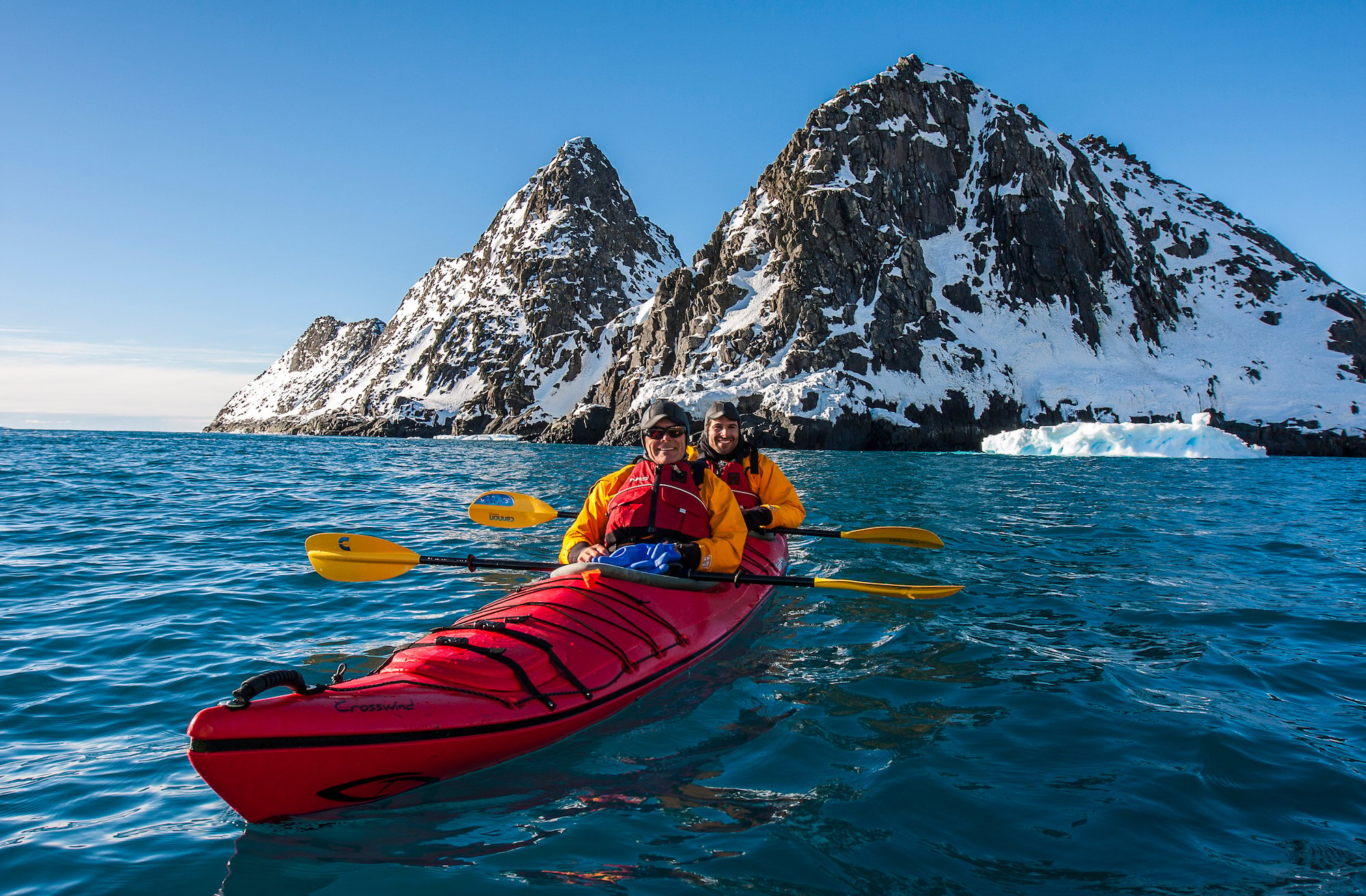
Click here to speak with a Lost World Adventures Antarctica consultant

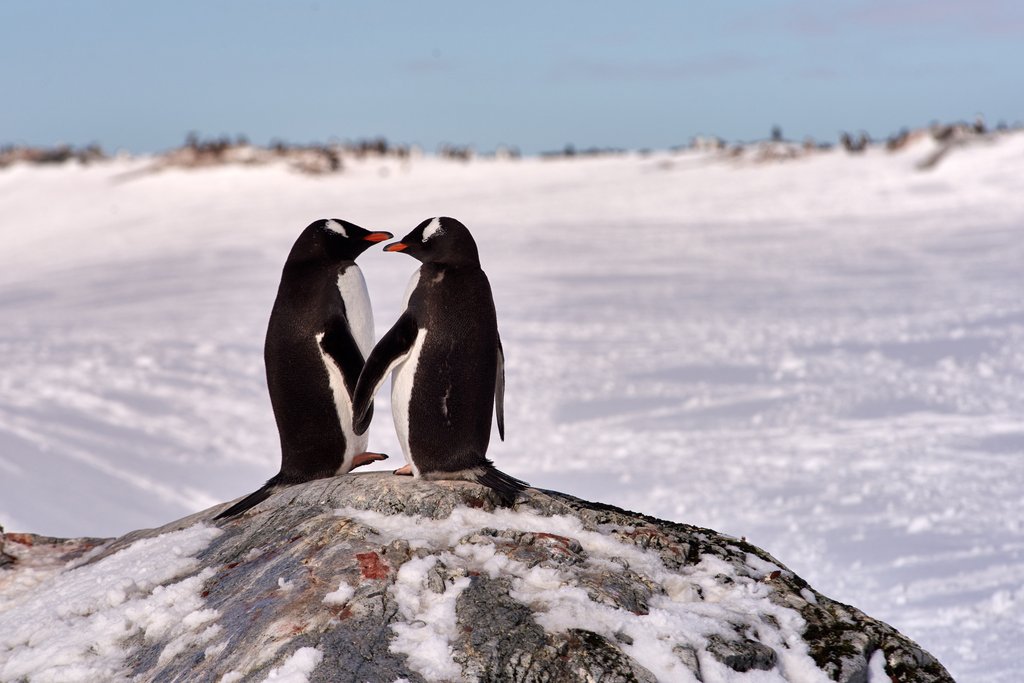


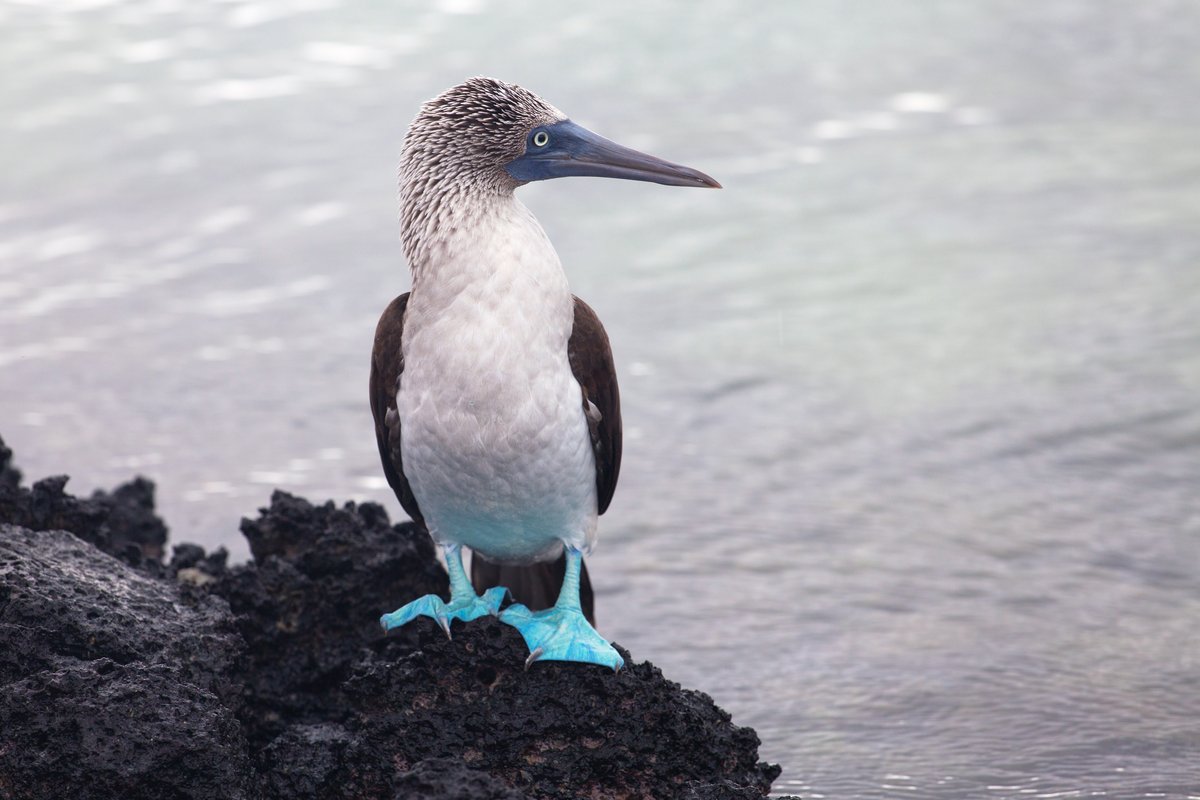
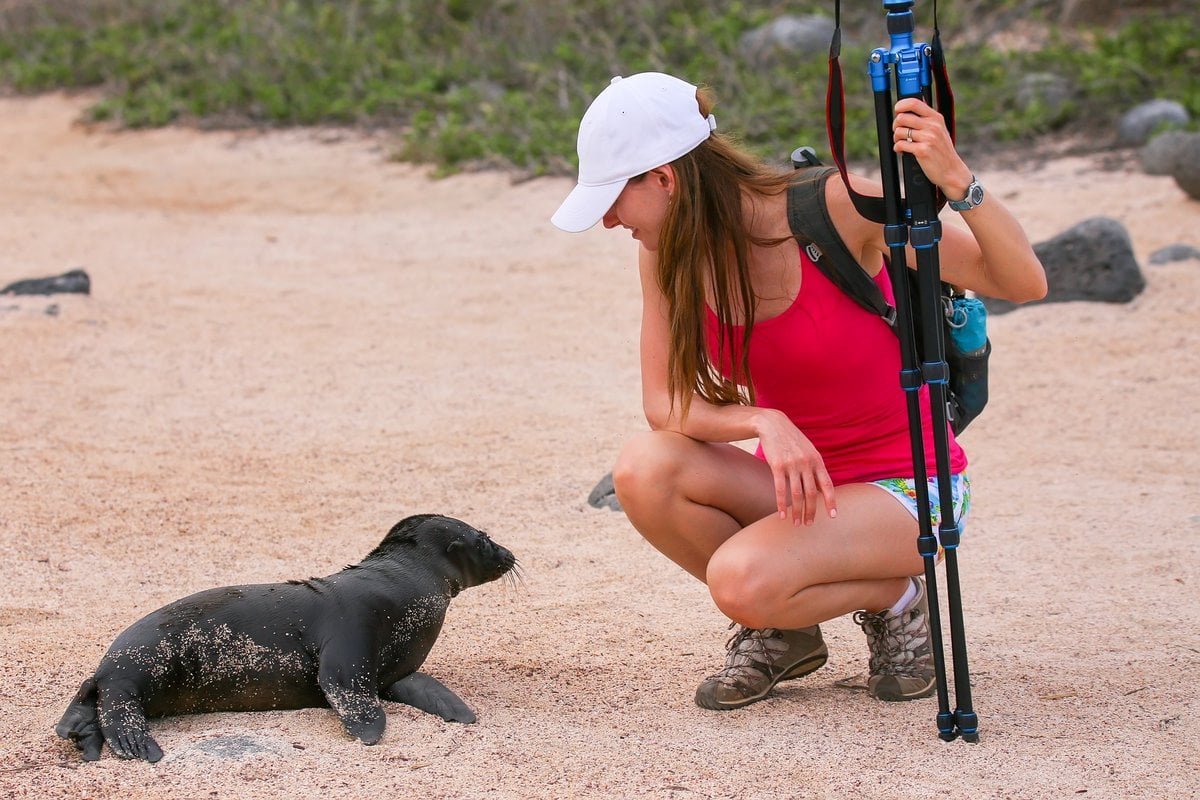
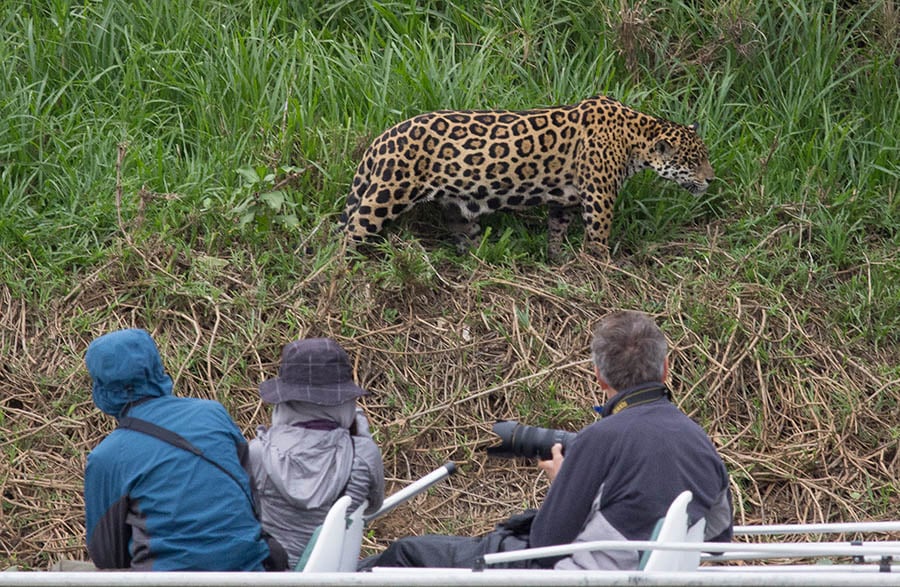
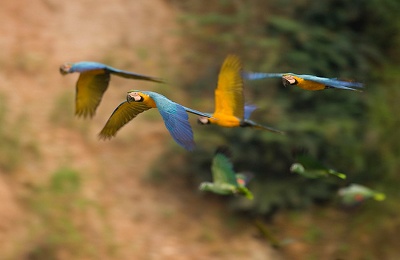

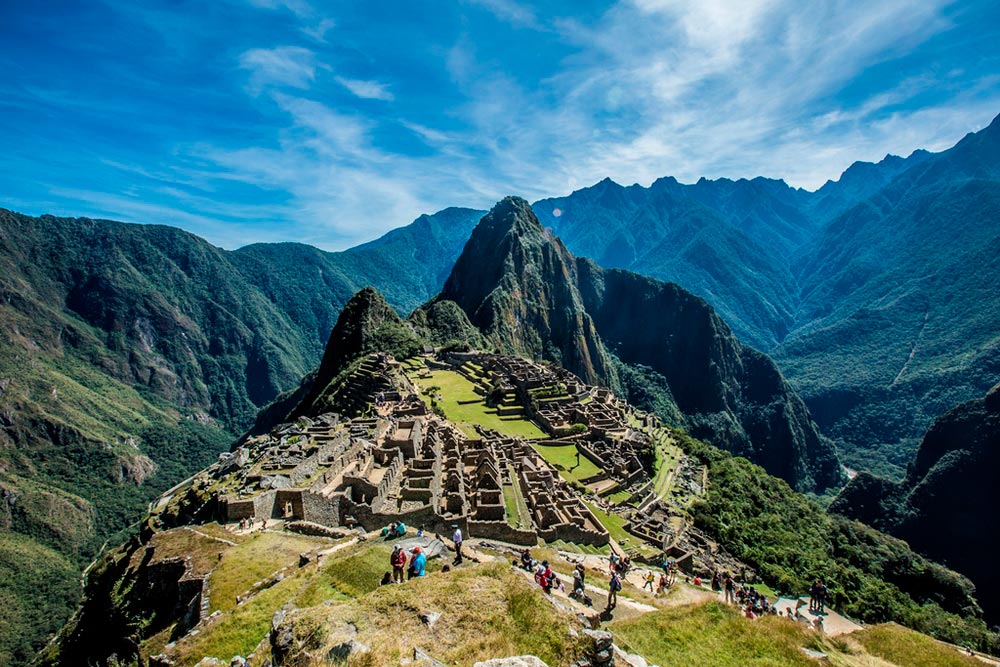

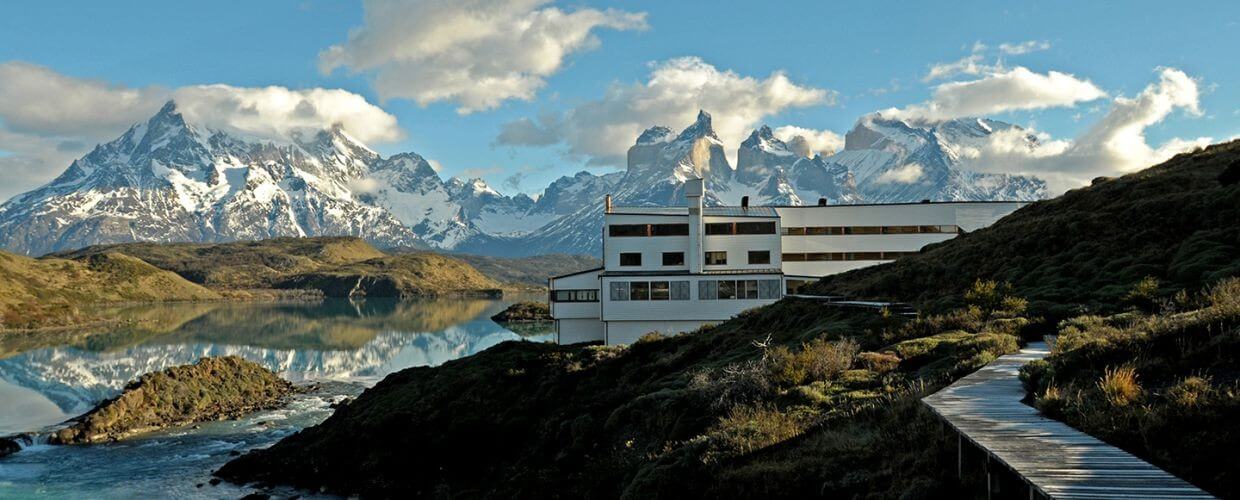
.jpg)
